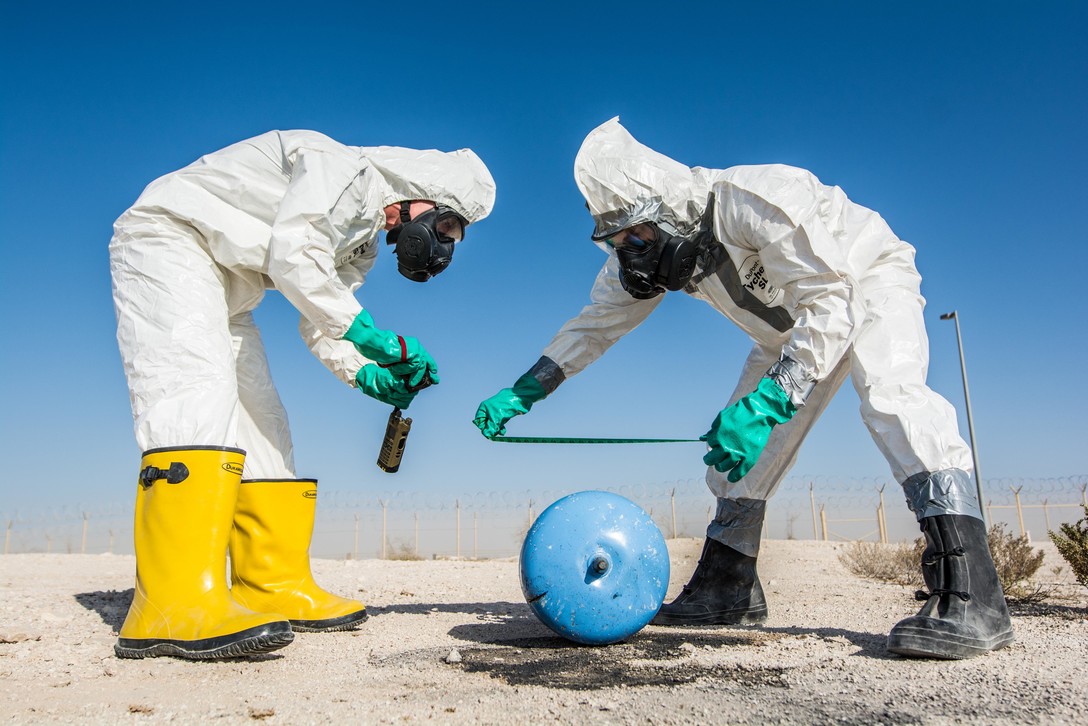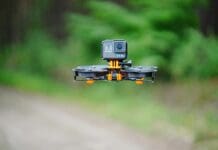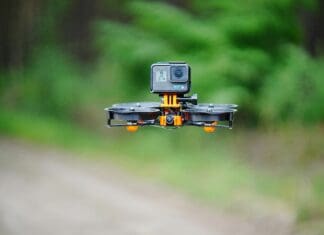This post is also available in:
 עברית (Hebrew)
עברית (Hebrew)
A new chemical agent detector is developed by the U.S Army as a response to the challenges of site exploitation – the collection of information from a specific location that can then be analyzed for various purposes. As the first people in a new site that needs to be examined for dangerous substances, those with the task of site exploitation need better tools to identify various substances.
For these purposes, the U.S Army developed the new chemical agent detector which is based on a technology that allows it to “taste” suspicious liquids and determine whether they are dangerous.
The product is called the VK3, and it utilizes a camera, a small computer and paper colorimetric tickets – a method of measurement based on color distinction – for the detection of chemical substances.
An earlier version known as the VOCKit identified chemicals based on vapors, a process similar to olfaction – the sense of smell. In the new VK3 a better analogy is drawn to the sense of taste instead of smell, says Aleksandr Miklos, Army research biologist.
“This started off as something that detected vapors coming off of the sample; it was very similar to how the olfactory system works,” he said, noting that the device had spots that would activate in response to vapor from a sample. “By the pattern of activation, they could identify what was present. Now, we’re using a ticket you add liquid to.”
During the recent Chemical Biological Operational Analysis, or CBOA, the VK3 demonstrated its ability to identify chemical liquids in the field, including chemical warfare agents, as military.com reports.
“What we were able to get was informal, verbal feedback from the assessor and from end users in the Army and civilian law enforcement,” Miklos said in the release. “Feedback was positive. They liked the size and that they could carry the entire kit around in a small container. They found it easy to use.”.
The VK3 differs from other detectors, such as the Joint Chemical Agent Detector, or JCAD.
“The JCAD is a continuous monitor of vapor, while this would be for explicitly looking at a puddle or a container of something,” Miklos explained in the release. “This is also smaller, cheaper, and requires less power than the JCAD.”
While the VK3 can currently identify multiple liquid chemicals relevant to the military, “it must be trained on those chemicals to identify them successfully.”
Because of this, Miklos said different variants of the VK3 could be trained on different chemicals, as law enforcement users might have disparate needs from military users.
“It identifies what we train it against,” Miklos explained. “It’s still a research prototype, so we’ve trained it against a somewhat small list of things, about 50. The list is a mixture of chemical warfare agents, as well as some common stuff like bleach, diesel and insecticides.
At the moment, more advanced research is on hold in wait for further funding.


























